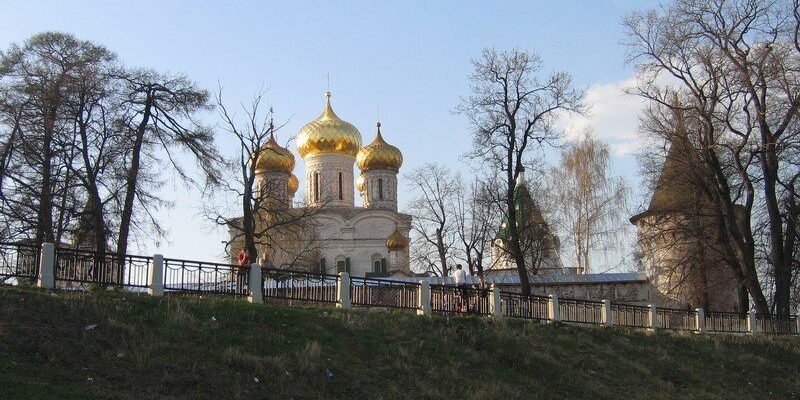Holy Trinity Ipatiev Monastery
Ipatiev Monastery is located on the arrow between the Volga and the Kostroma River. The first mention of it in the annals dates back to 1432, but it was established much earlier. According to the monastery legend, the time of the foundation of the Ipatiev Monastery by the noble Tatar Murza Chet dates back to the second quarter of the 14th century. A native of the Golden Horde, the Murza voluntarily entered the service of Grand Prince Ivan Kalita. When Chet sailed down the Volga, he fell seriously ill and spread his tent where the monastery now stands. The Mother of God, who appeared to Chet in a dream, promised to heal him if he erected a monastery in honor of the Apostle Philip and Saint Hypatius. Arriving in Moscow, the Murza converted to Christianity, receiving at baptism the name Zachariah, and asked the Grand Duke for permission to lay a monastery in the name of St. Hypatius at the place of his healing.
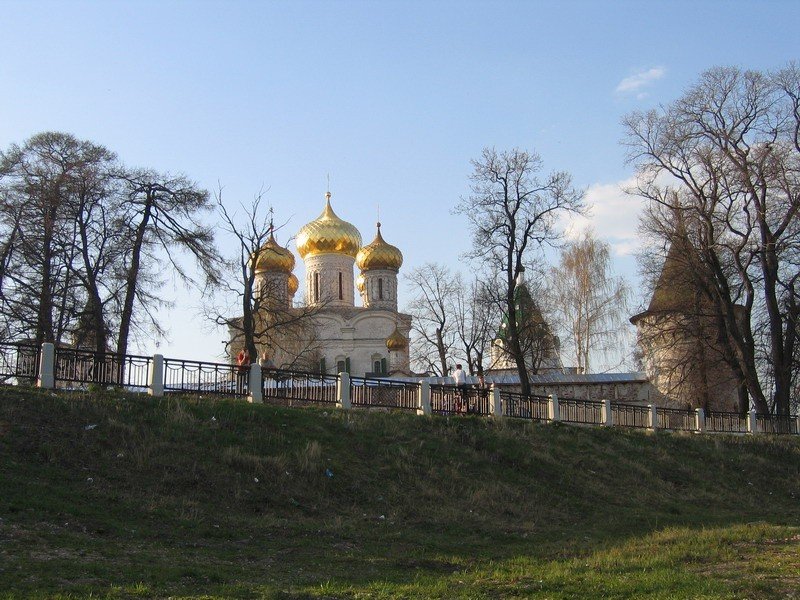
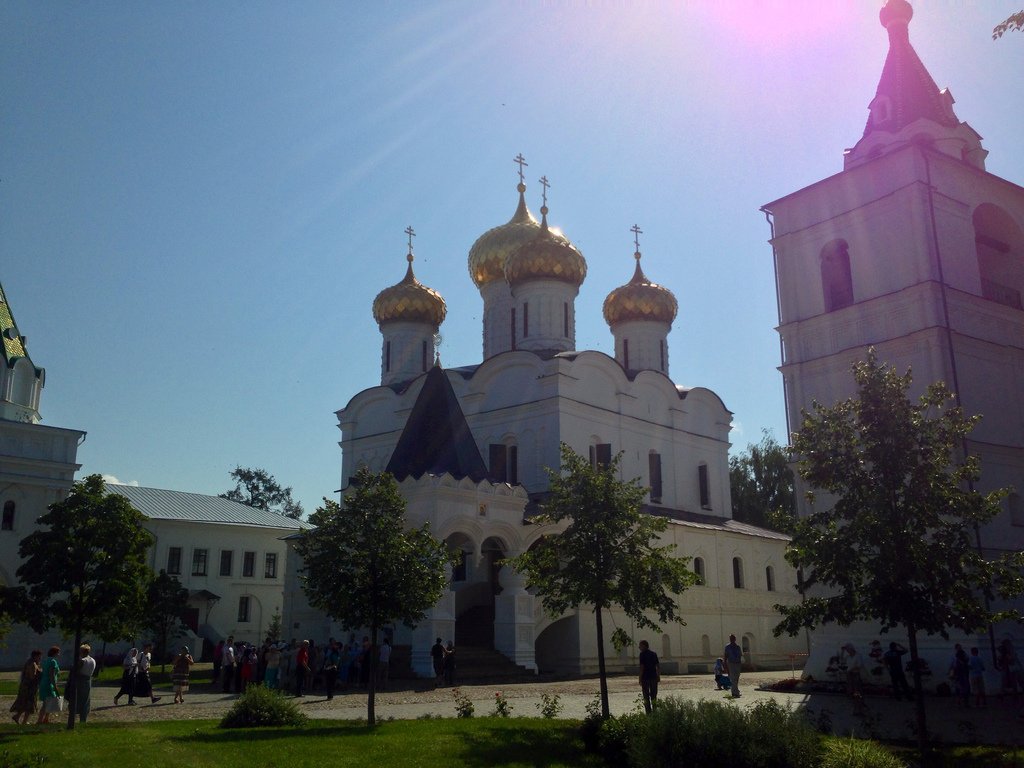
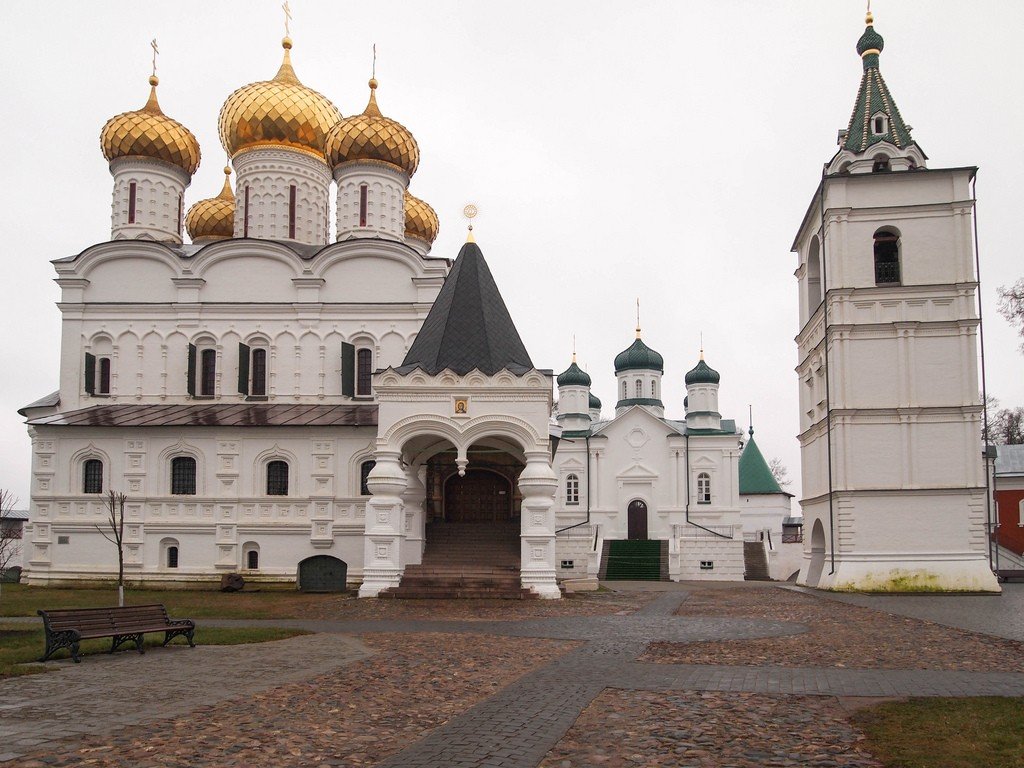
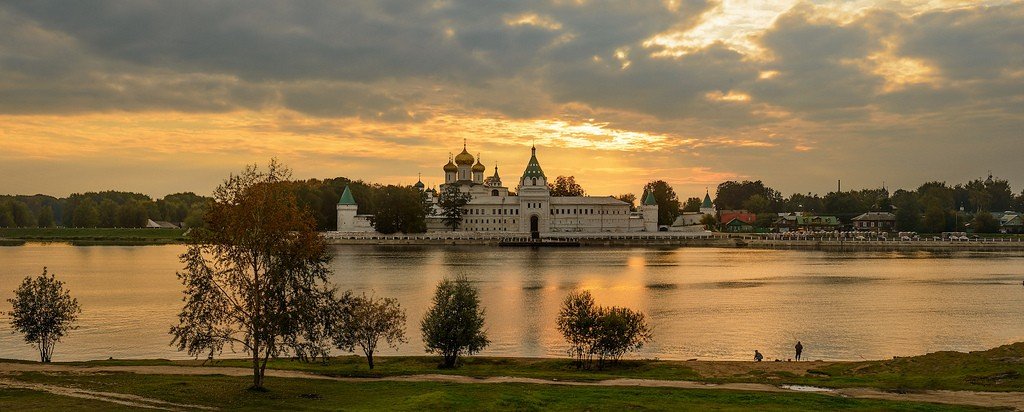
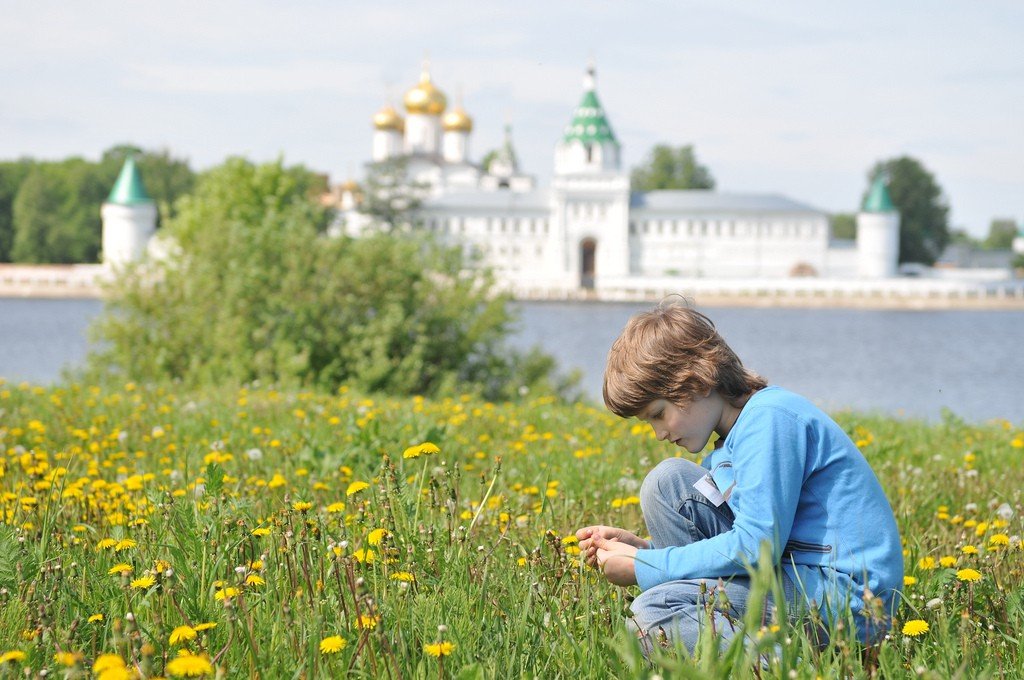
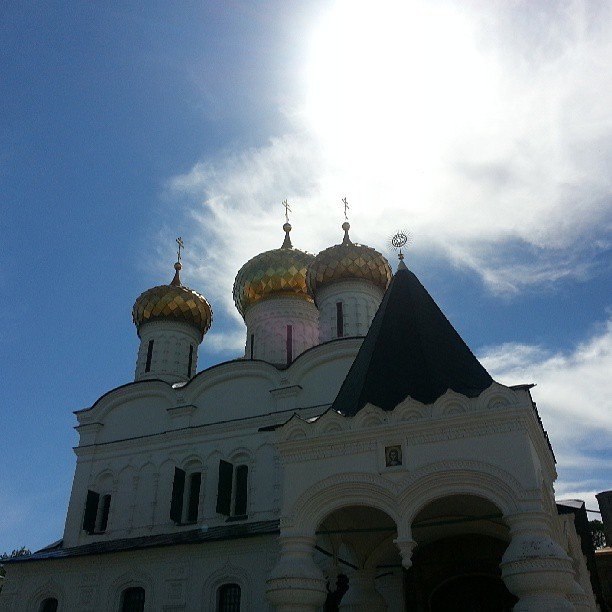
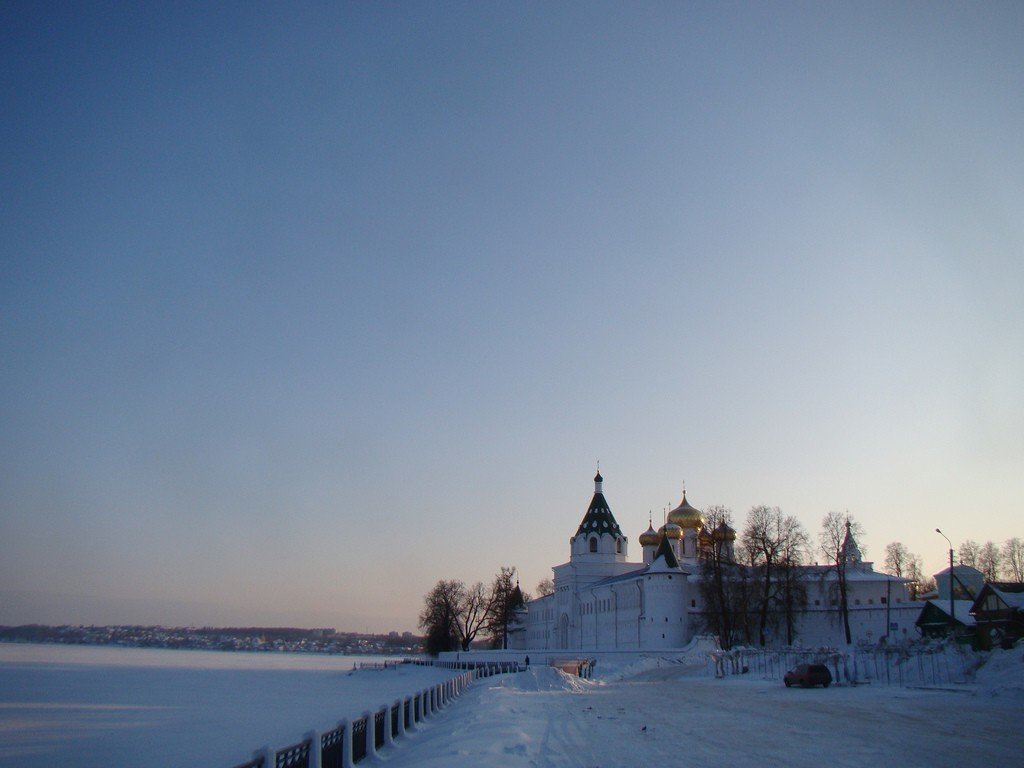
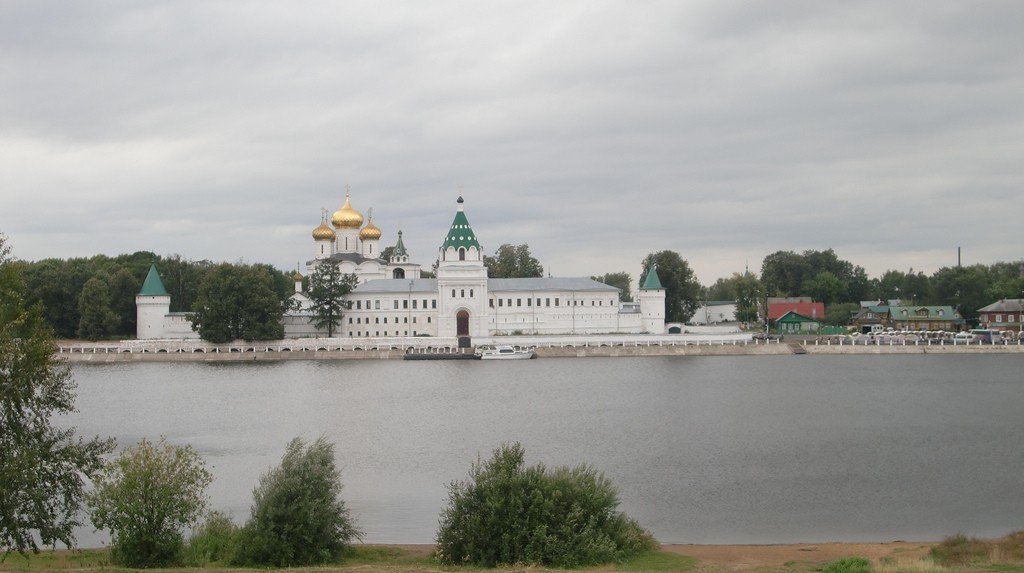
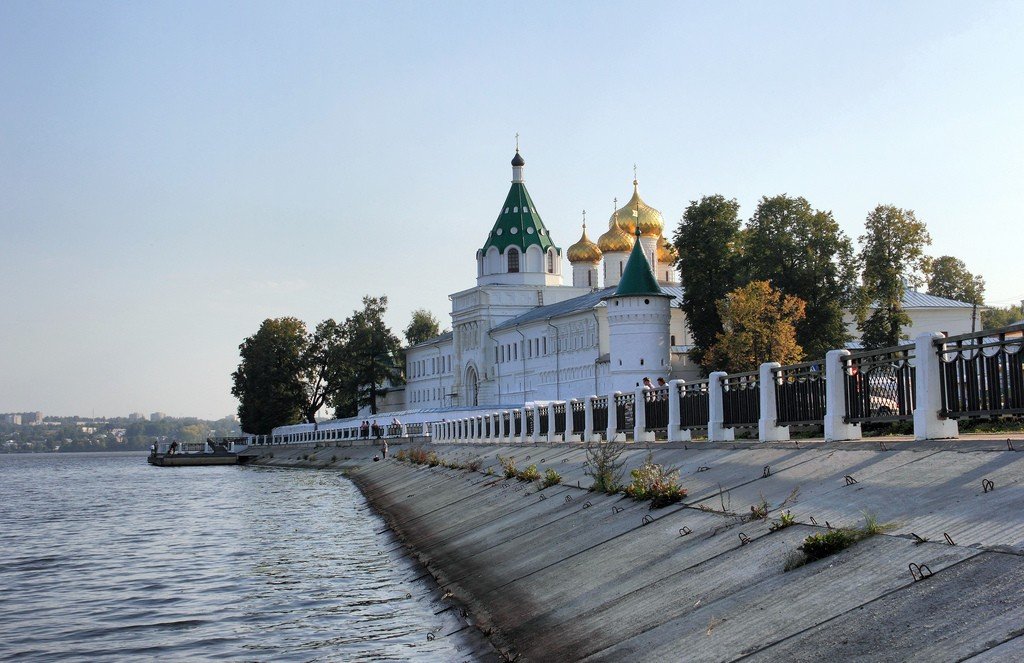
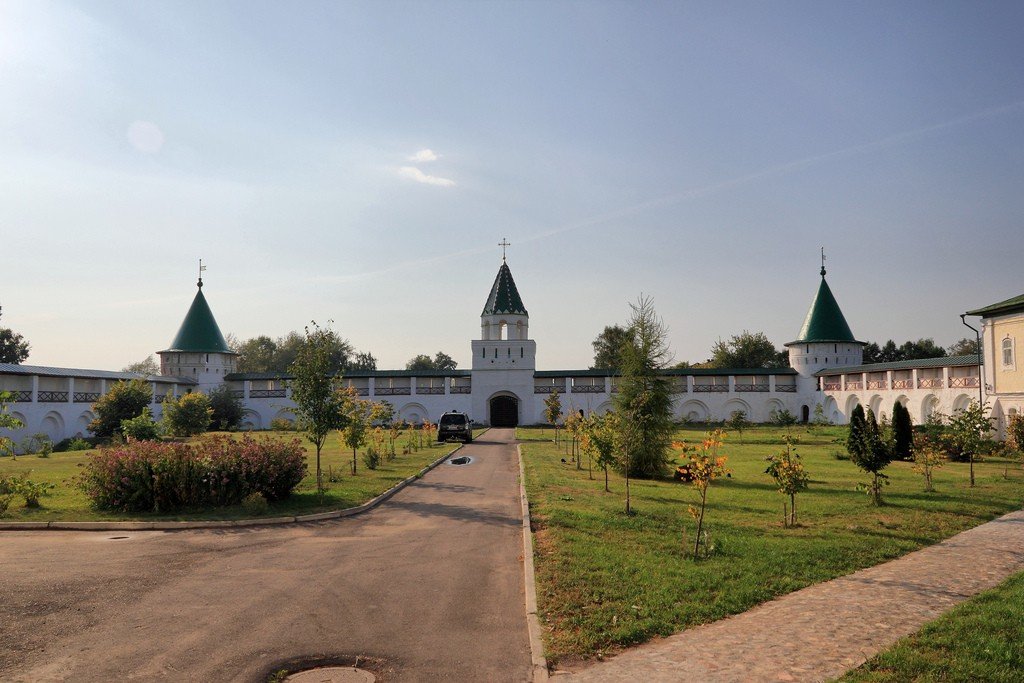
General information
The walls of the monastery are 518 meters long and up to 10 meters high. The monastery had five entrance gates fortified with square towers, but only the tower over the South Gate survives. The territory of the monastery consists of two parts – Old and New Town, the first of which was created in 1586-1590 at the expense of Godunovs. The New Town appeared in 1642-1645 at the command of M. Romanov, who almost doubled the territory of the monastery. The defensible towers and walls of the New Town looked decorative and ornate at the same time. The monastery also built stone residential and economic buildings: abbot’s and brother’s cells, cellars, cookhouse, refectory.
.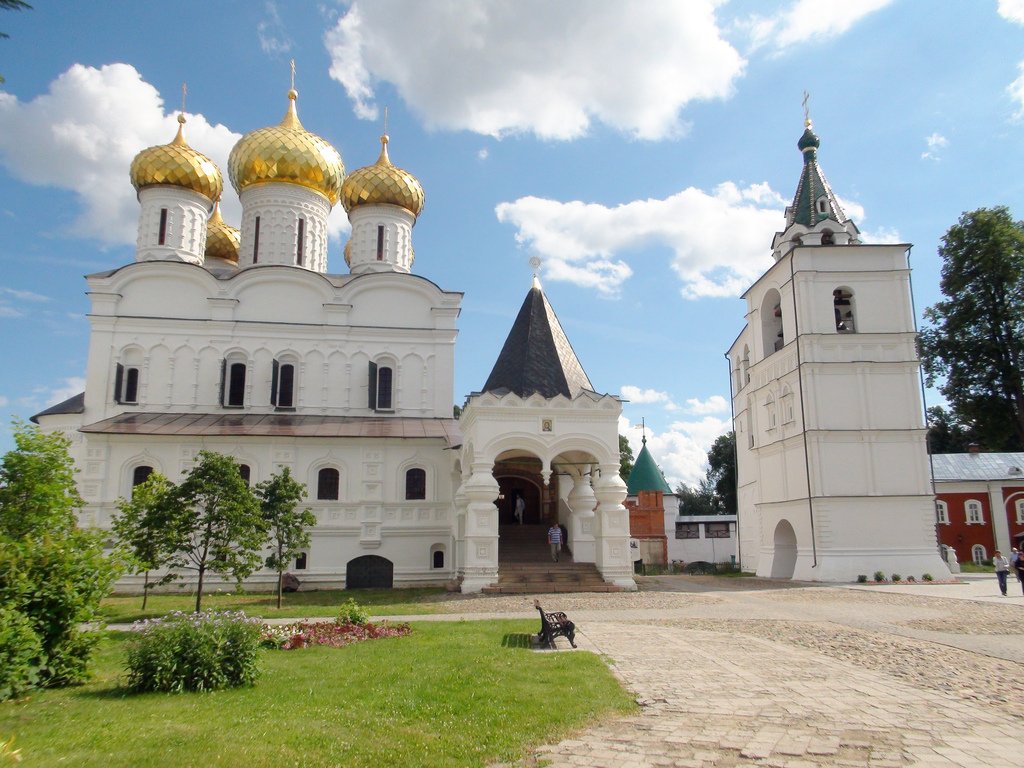
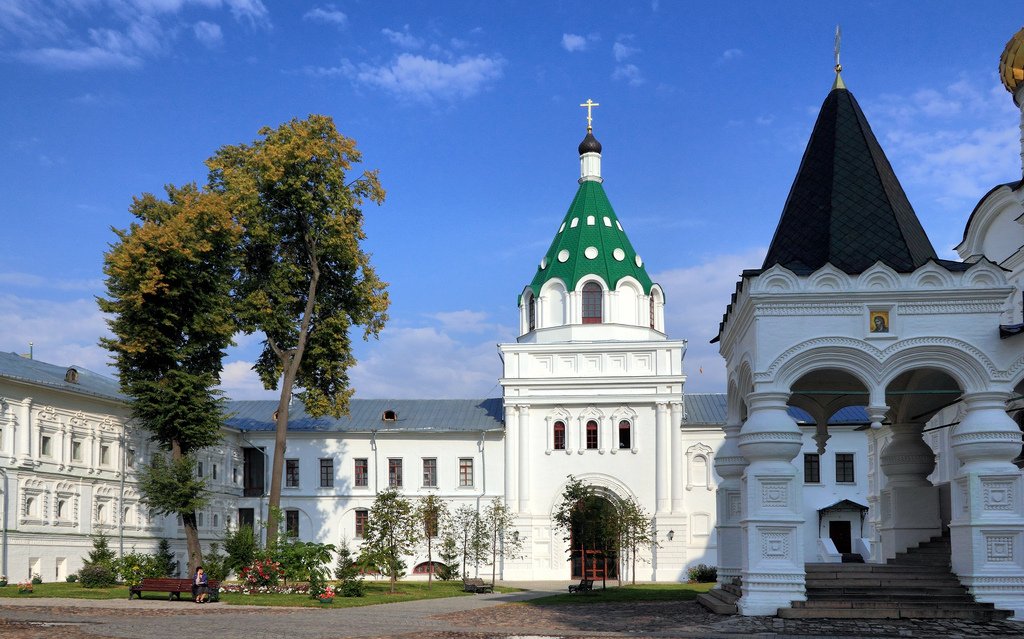
In 1919 the monastery was closed and its material values were nationalized. In 1958, the Kostroma Historical and Architectural Museum-Reserve was established in the Ipatiev Monastery and restoration was carried out.
Currently, the monastery has been handed over to the Russian Orthodox Church.
.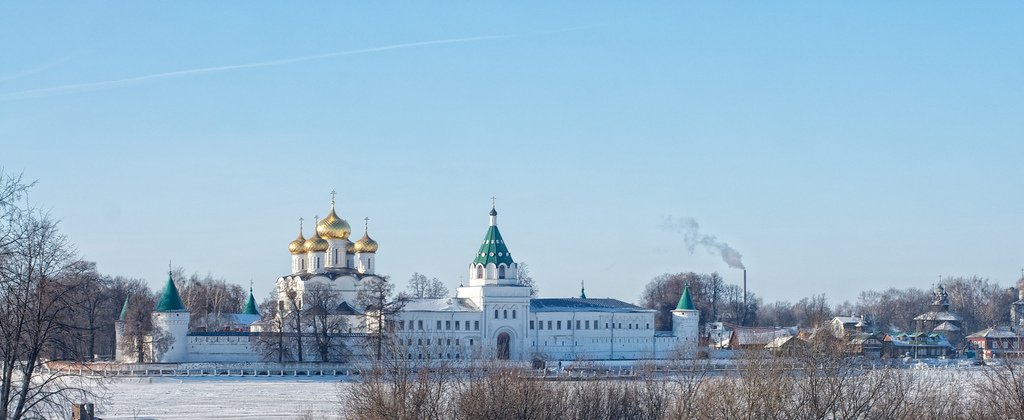
Interesting facts
Under B. Godunov, the Romanovs lived in exile in the Ipatiev Monastery, and during the Time of Troubles the monastery became their fiefdom. When the Poles massacred I. Susanin, Mikhail and his mother took refuge in the Ipatiev Monastery.
.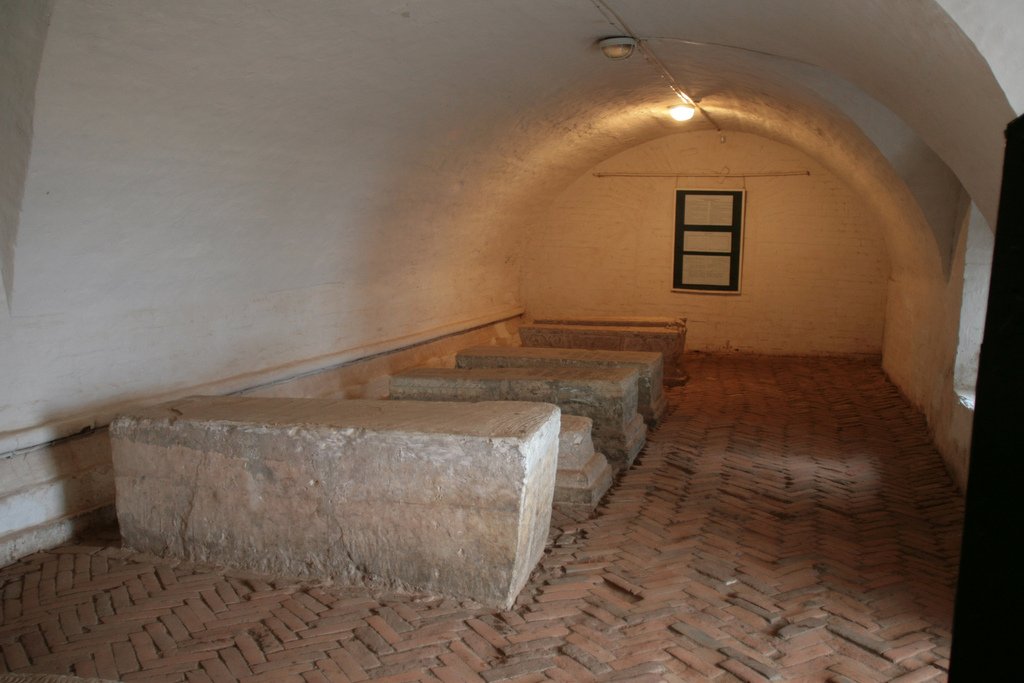
As a result of donations from the Godunovs and others, the monastery ranked fourth among the largest Russian monasteries in terms of land holdings. In 1595 B. Godunov gave the Ipatiev monastery a court in Moscow, in Kitay-gorod, and in 1603 – two houses in Kostroma. – two houses in Kostroma. The monastery became known as “Lavra”. At the expense of the Godunovs in 1550-1605 the monastery was rebuilt.
.
In the Trinity Cathedral of the Ipatiev Monastery in 1613 the rite of election of Mikhail Fedorovich to the kingship was performed.
.By order of M. Romanov, the ashes of I. Susanin were transferred to the Ipatiev Monastery.
.